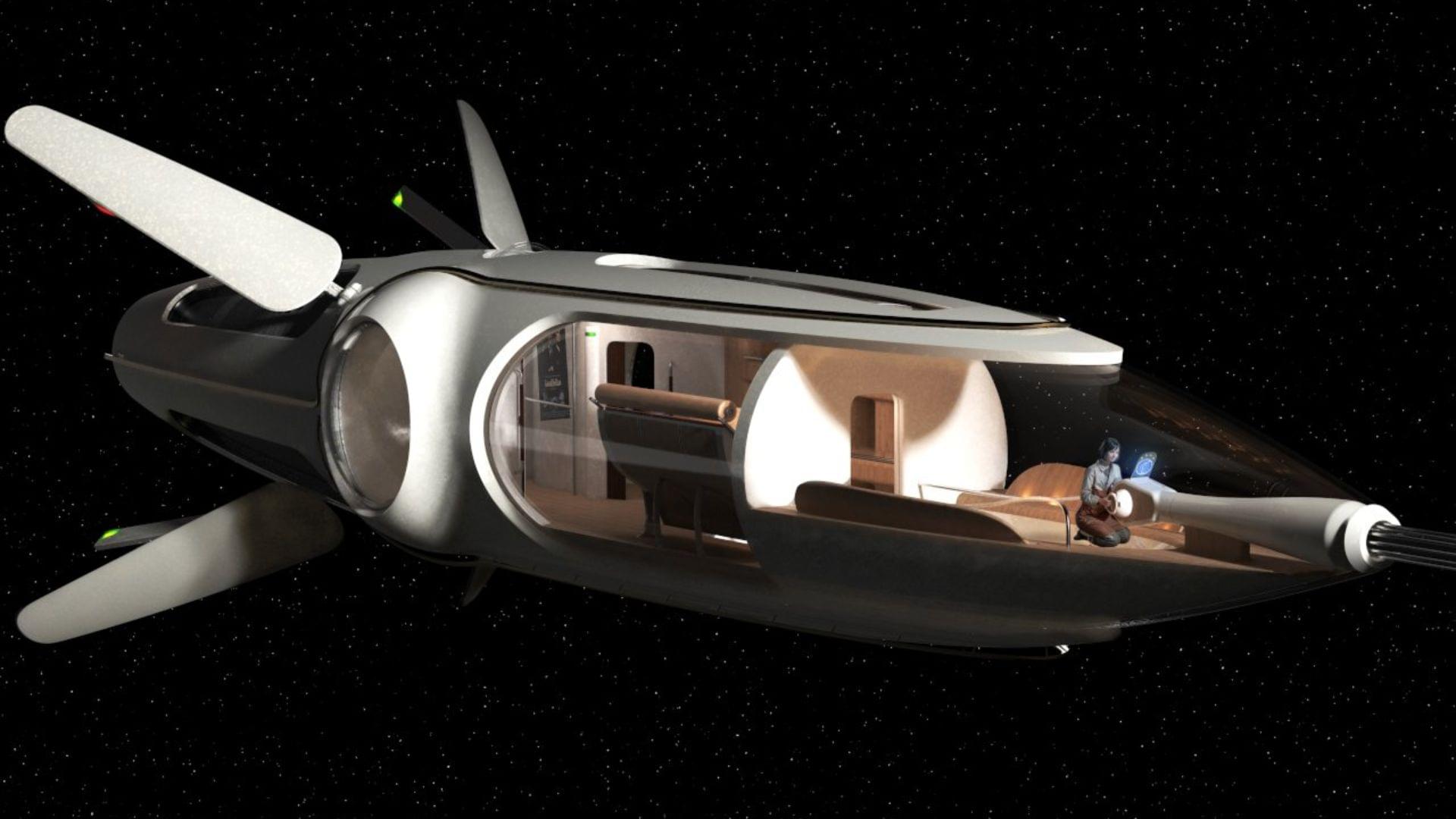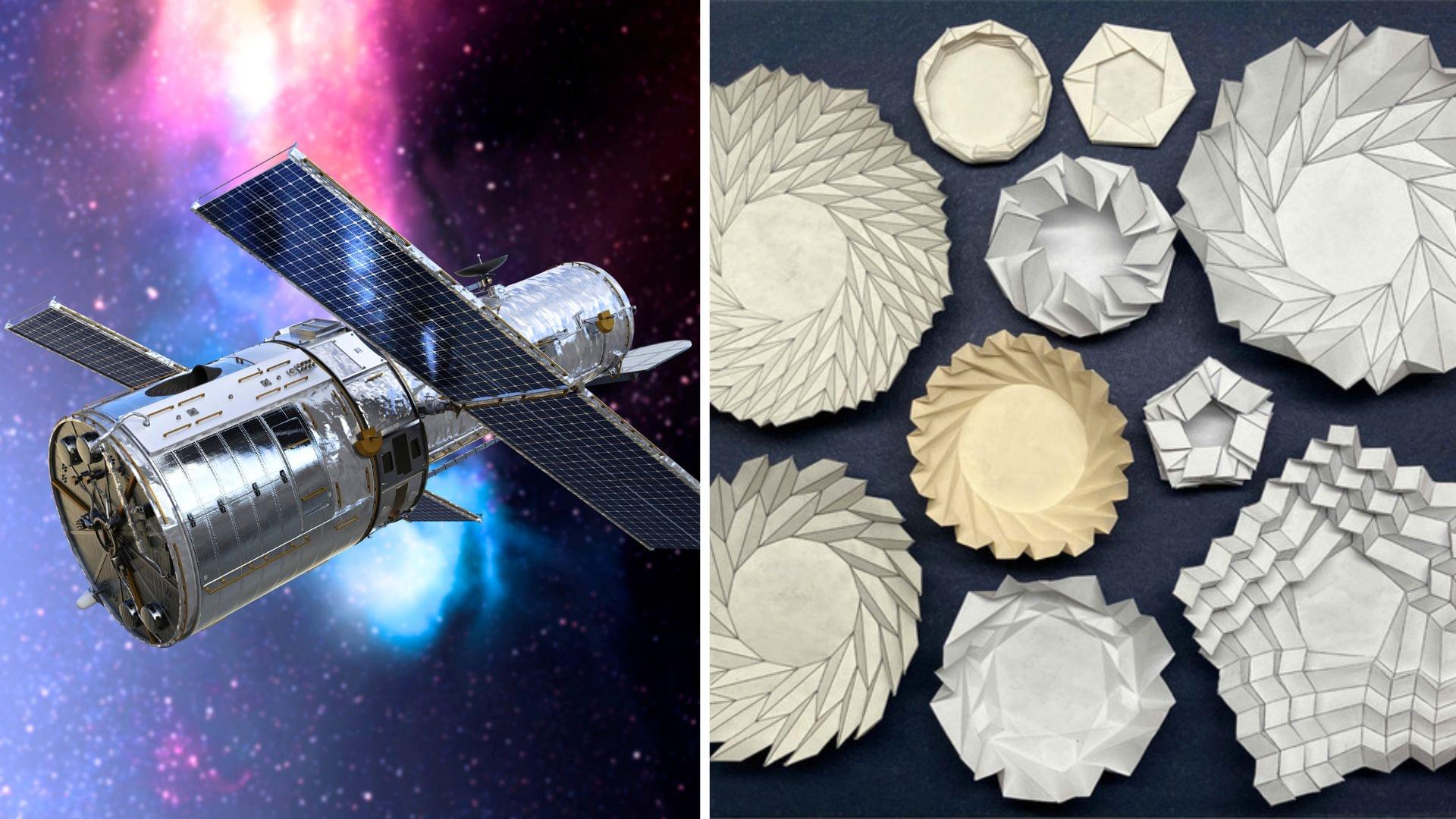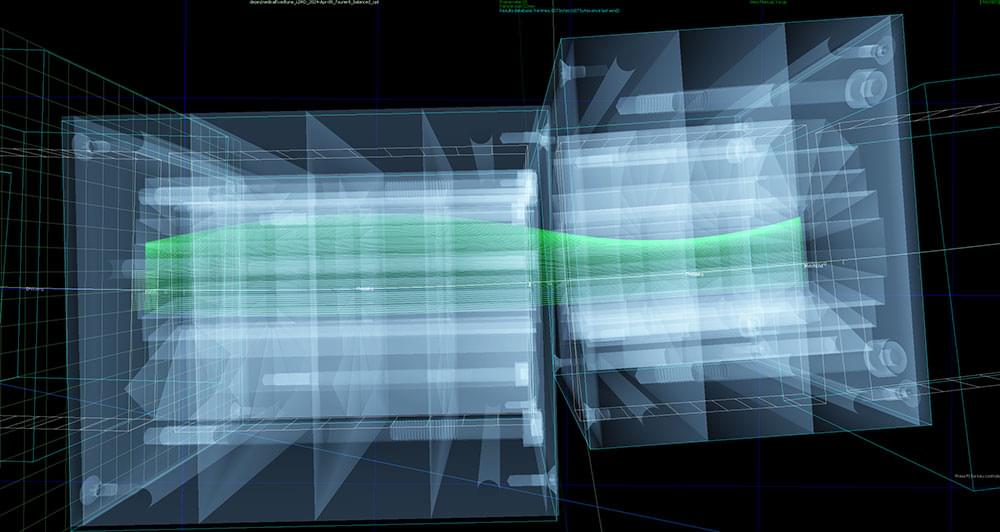[TIME SUBJECT TO CHANGE] Liftoff NET 6:30 p.m. central [23:30 UTC] — One hour launch window.
SpaceX is launching the 10th full stack Starship with its Super Heavy booster. The booster will not be caught as SpaceX will attempt some more hazardous engine out scenarios with the booster, so it will splashdown off the coast.
But perhaps the biggest milestone is whether or not Starship S37 will be the first Version 2 vehicle to reach the goals of deploying dummy payloads, testing radical heatshield options, and ultimately propulsively splashdown in the Indian Ocean after the setbacks of Flight 7, Flight 8, Flight 9 and S36’s failures.
Want to know what’s new with Starship Version 2? We’ve got a video for you! — https://www.youtube.com/watch?v=eQZbi8HBRcQ
Want more information on how exactly they’ll catch Super Heavy? WATCH THIS — https://www.youtube.com/watch?v=pAPt5vbr-YU
Want to know where to watch this live? I made a video on how to visit Starbase and where to watch a launch from — https://youtu.be/aWvHrih-Juk.





